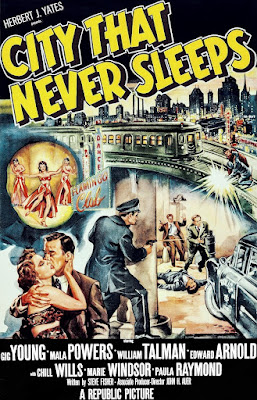|
Introduction to Heretic: Stories
by Philip José Farmer
The critic Leslie Fiedler called Philip
José Farmer “the greatest science fiction writer ever” and Isaac Asimov
proclaimed him as “a far more skillful writer than I am.” Farmer is widely
considered to have broken the genres’ taboo with sexuality. His first
significant publication, the novella “The Lovers” (Startling Stories,
Aug. 1961), used sexuality—specifically a sexual relationship between a human
male and an extraterrestrial—as a central theme, which would have been a volatile
topic in mid-century America. According to The Encyclopedia of Science
Fiction, “[‘The Lovers’] concerned xenobiology, parasitism and sex, an
explosive mixture, certainly for the SF genre of that era.”
Farmer’s fiction was consistently critical
of religion, too, which is where the title of this collection, Heretic,
is derived. As a boy Farmer attended religious training in the Church of
Christ, Scientist (Christian Science), but by 14 he had become an agnostic
and later in life he described himself as an atheist. Farmer’s criticisms of
religion, particularly how it segregates people by creating false
differences, can be seen in much of his fiction, including the stories in
this collection. He is best known for his Riverworld series—which features
such luminaries as Richard Francis Burton and Mark Twain in a world where
every person who has ever lived is resurrected into a world dominated by
river valleys—and his World of Tiers series about parallel universes and
the origins of humanity.
Farmer’s science fiction won three Hugo
Awards—Best New SF Author or Artist, 1953; Best Novella, 1968, for “Riders of
the Purple Wage”; and Best Novel, 1972, for To Your Scattered Bodies Go.
He was awarded the Damon Knight Memorial Grand Master Award from Science
Fiction Writers of America and the World Fantasy Award for Life Achievement.
Farmer’s birth name was Philip Josie
Farmer. “Josie” was meant as an honor to his paternal grandmother, Josephine,
but it he disliked it because of its feminine sound. As an adult Farmer
legally changed his middle name to José, which he thought livened his rather
bland and alliterative name: Philip Farmer. He was born in North Terre Haute,
Indiana, on January 26, 1918, to George and Lucile Theodora Farmer (née
Jackson). The Farmers moved frequently, at least six times, during the 1920s;
living in Indiana, Missouri, and Illinois. In 1936, Farmer graduated from
Peoria Central High School (Illinois) and enrolled at the University of
Missouri, Columbia, where he studied journalism. He left school in 1937 to
take a job with Illinois Power and Light—reportedly to help his father payoff
a debt—and returned to school, Bradley Polytechnical Institute, in 1939 to
study English literature. In 1941, he transferred back to the University of
Missouri where his future wife, Elizabeth Virginia Andre, attended as a music
student. He graduated with a B.A. in 1949 from Bradley in Peoria.
Philip and Elizabeth were married on May
10, 1941. The couple had two children, a son and daughter. Farmer volunteered
to become a pilot with the Army Air Corps in 1941, but he was discharged and
took a job with the Keystone Steel & Wire Co. where he worked until
becoming a fulltime writer in the early-1950s. During much of the 1950s and
1960s Farmer worked as a technical writer for defense contractors, including
General Electric, Motorola, and McDonnell-Douglas. He became a fulltime
fiction writer in 1969.
Philip José
Farmer died on February 25, 2009, in Peoria, Illinois.
The three stories included in Heretic—a
novelette and two shorts—are excellent examples of Farmer’s best work:
thoughtful, critical of authority and religion, and downright fun to read.
“The Celestial Blueprint” (Fantastic Journey, July 1954) is an
entertaining and ironic journey into religious zealotry, distrust, and
revenge. The central theme of “How Deep the Grooves” (Amazing Stories,
February 1963) is free will and absolute predestination; a thinking
person’s dilemma written as highspeed entertainment. The final story is the
novelette, “Tongues of the Moon” (Amazing Stories, September 1961),
which is a space opera-like adventure—hasty pacing, space blasters, and
explosions—with a serious look at nationalism and religion.
The cover was designed by www.karadraws.com
Click
here to purchase the Kindle edition and here to purchase the
trade paperback.
|








